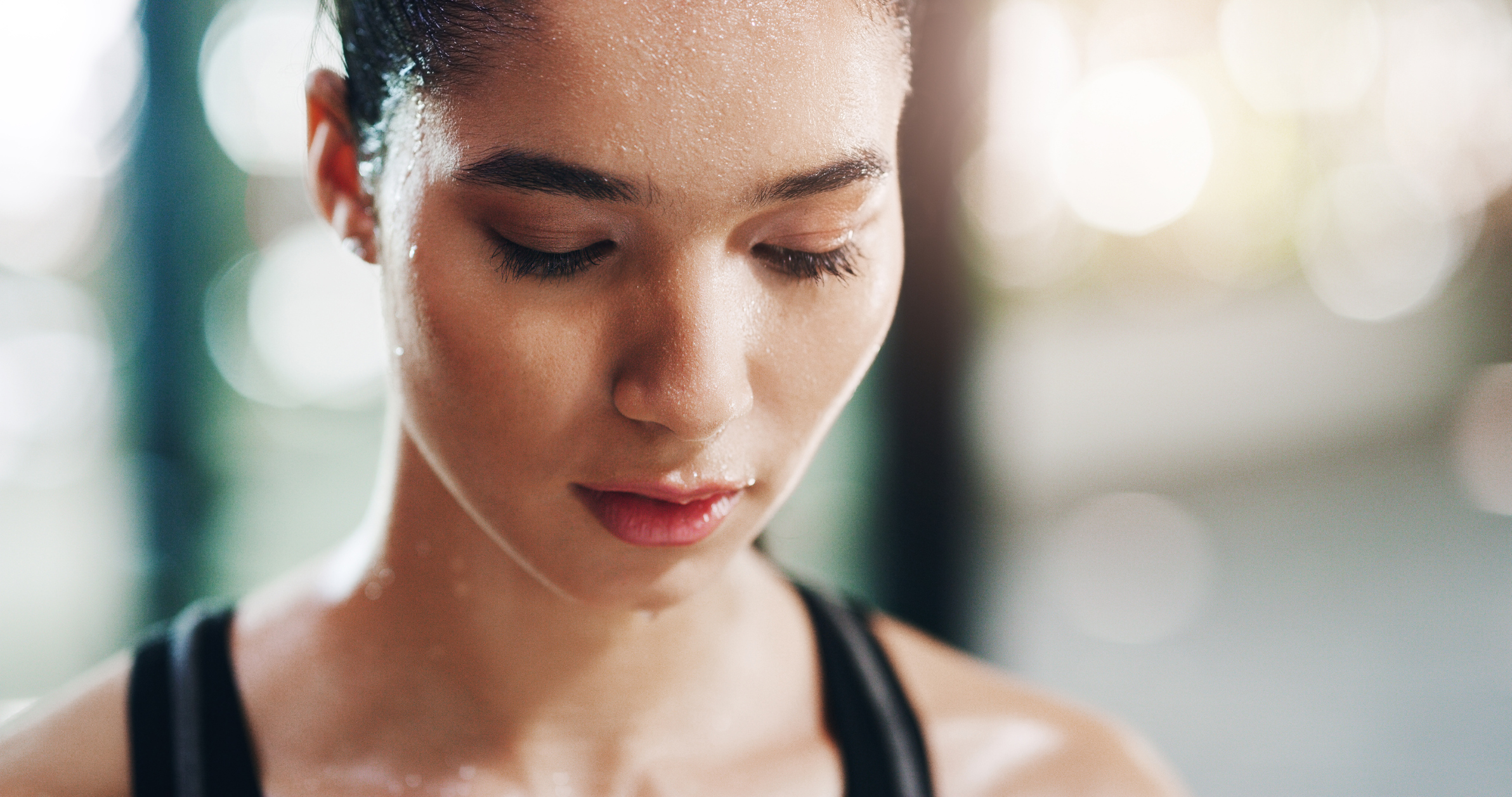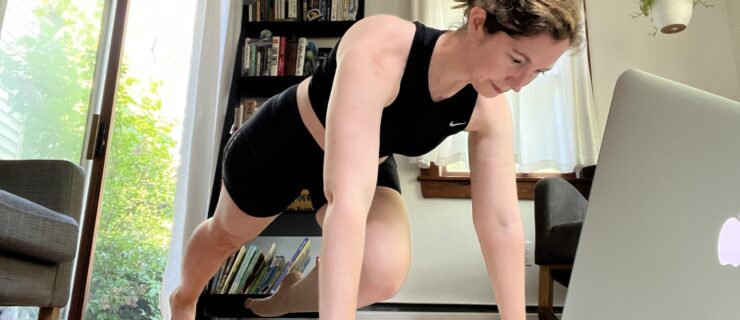Regulating Body Temperature: What Dancers Need to Know
William Robichaud dances with a midsized regional company in the U.S. Like many dancers, he struggles to maintain an optimal body temperature in the studio. “Overly cold studios make it difficult to warm up before class and stay warm throughout,” he says. “It’s a pain to have to continually adjust bulky layers and move around.”
The body has several methods of thermoregulation, or controlling its internal temperature, says Dr. Megan Meier, a sports medicine specialist who works with Oklahoma City Ballet. These include autonomic factors like sweating and breathing. But a number of external factors, like humidity level, clothing, movement intensity and artificial heating or cooling sources, can affect the ability to maintain a healthy body temperature.
As active people, dancers need to be extra mindful about thermoregulation and how they warm up or cool down their bodies—whether their studio is chilly or sweltering, or they’re dancing inside or outside. Read on for some helpful tips for when controlling the temperature gets tricky.
Ideal Studio Temperature
Edel Quin, program leader for dance science at the University of Chichester and co-author of the book Safe Dance Practice: An Applied Dance Science Perspective, has spent years researching how extrinsic and intrinsic conditions affect dancers’ health and performance. Quin says that, ideally, studio temperature should hover between 70 and 75 degrees Fahrenheit. This can be difficult to moderate in large, open dance spaces—especially in more modern buildings with lots of built-in natural light.
However, it’s important to keep studio temperatures as consistent as possible, says Meier. That way, dancers can get accustomed and prepare themselves accordingly, rather than face drastic fluctuations over the day, week or season.
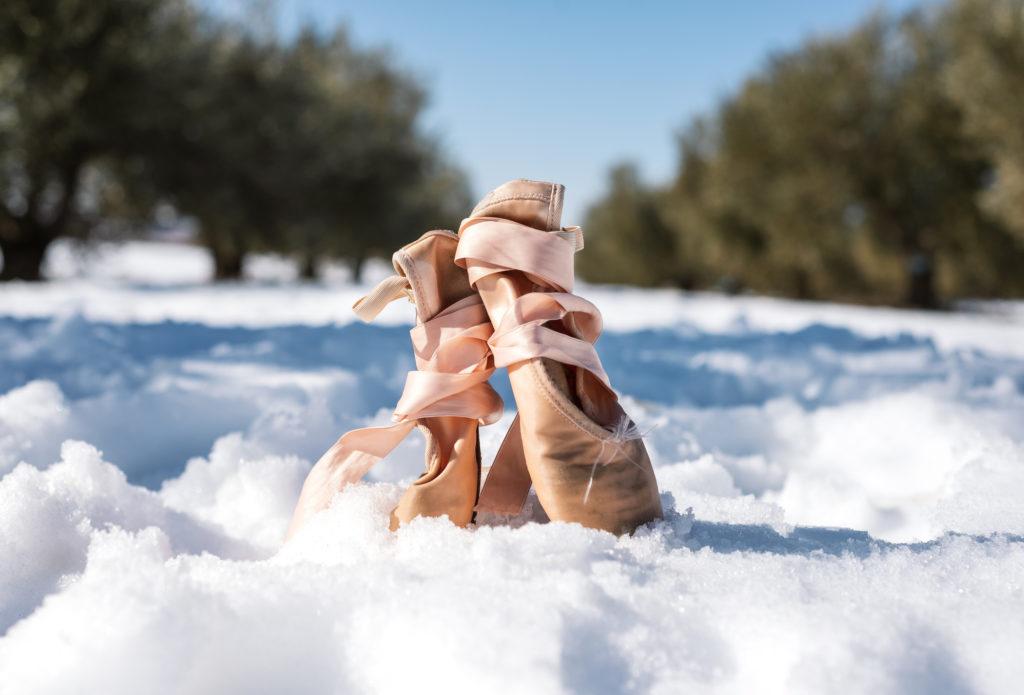
When It’s Cold
Quin explains that when we’re cold, our blood vessels constrict to protect our vital organs, which restricts blood flow and range of motion. That’s why at the start of class, she says, “everything feels a bit stiffer and tighter, muscles are more constrained and everything is a bit ill-at-ease.” As we warm up, nutrient-rich blood flow helps muscles to contract properly, while joints release synovial fluid, which acts as a lubricant and natural shock absorber. Dancing when the body’s internal temperature and blood flow are too low puts dancers at risk of injury, Quin says. Chilly temperatures can also make it more challenging to recover from existing sprains and strains, so take extra care to warm up injured areas and maintain that warmth (whether through gentle movement or layered clothing) while active.
Gentle cardio stimulation can raise your internal temperature and combat restricted blood flow, Quin says. Practice a thorough and steady warm-up (10 to 15 minutes minimum for a 90-minute class or rehearsal) to ease the body into function, gently raising the heart rate before class or rehearsal begins. Quin suggests layering clothing and practicing dynamic, full-body movements, like light yoga flows. Passive stretching on cold, tight muscles strains muscles and ligaments and should be avoided. Completing a thorough cool-down after dancing decreases shock by safely easing the body back to a lower temperature.
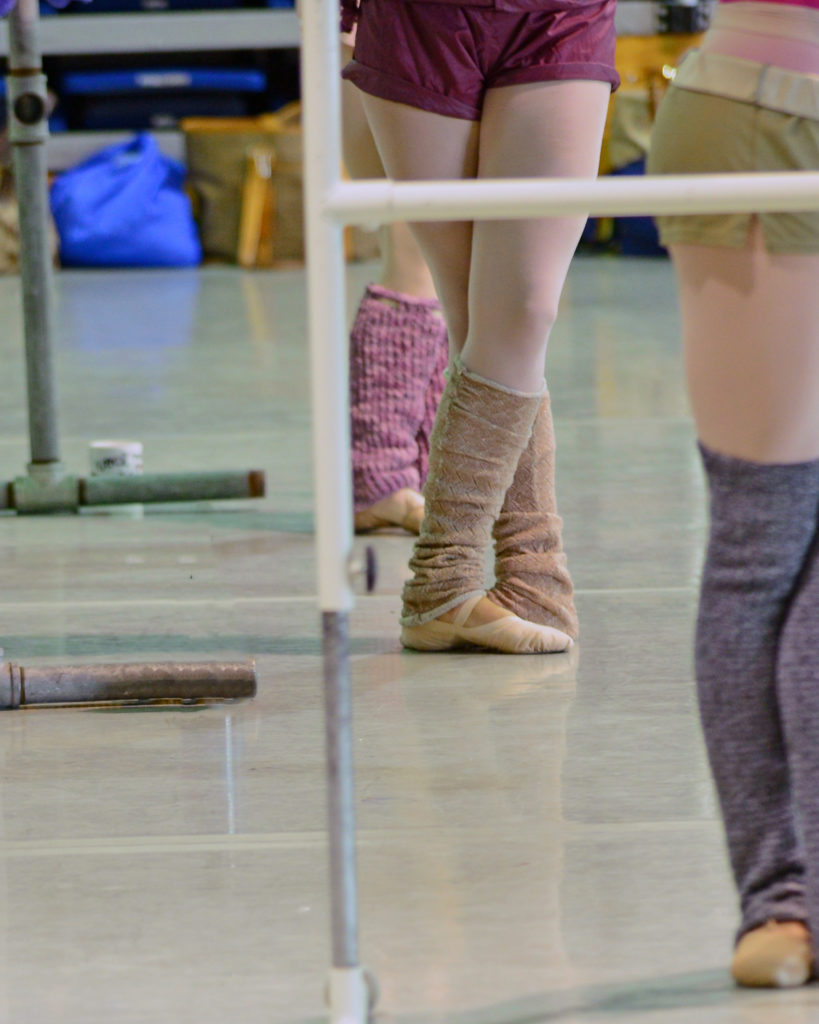
Meier also notes that cold temperatures tend to make marley floors slipperier—even 10 degrees can make a big difference. “There’s a reason why you burn through rosin in the winter,” she says.
When It’s Hot
High temperatures present their own challenges. Quin warns against mistaking environmental heat with being physically warm. While you may need to remove layers more quickly (excess clothing can block sweat evaporation), you still need to properly warm up to get blood moving and make sure muscles are firing correctly.
Heat can also make it harder to judge your physical limits. “Dancers predominantly have excessive range of motion in their joints, so we can run the risk of working beyond the muscle range of motion or elasticity, into the tendons or even ligaments surrounding the joints,” says Quin. Feeling warm and free is helpful so long as dancers stay cautious of pushing too far.
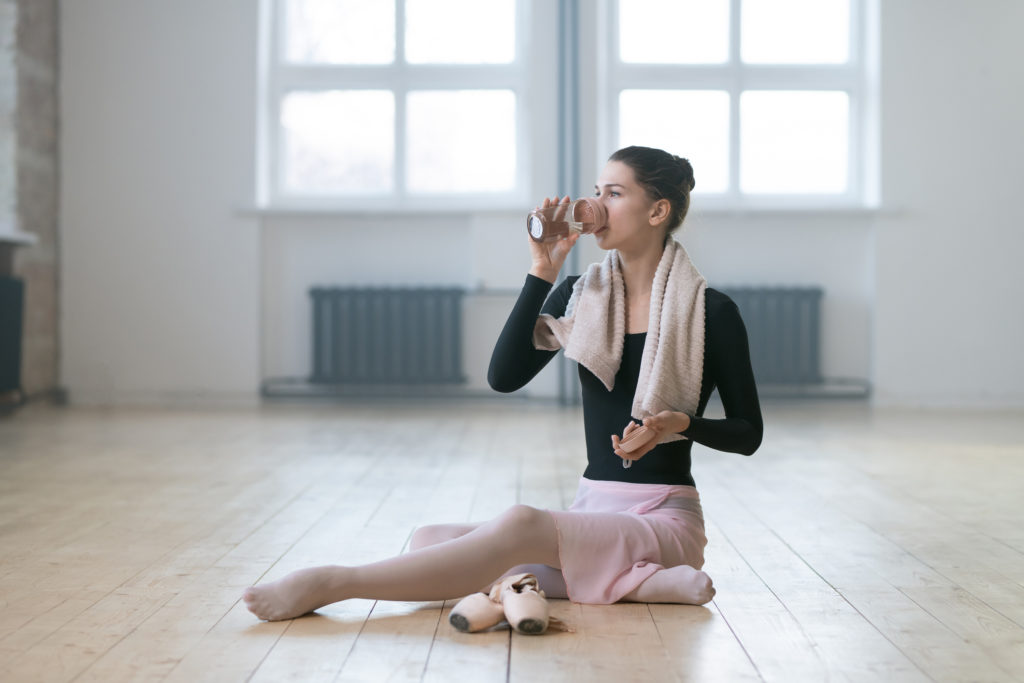
Other common risks, especially in environments with high humidity and low air flow, include dehydration and overheating. The higher our internal body temperature, the more we sweat, losing fluids and essential electrolytes, like sodium and magnesium. Quin recommends drinking (not gulping) water throughout the dance day to maximize absorption and regulate hydration. Isotonic sports drinks, particularly during demanding classes or rehearsals, can help replace lost electrolytes, minimizing cramping and fatigue.
Symptoms of overheating, or heat exhaustion, include fatigue, nausea and fainting. It can also affect the brain’s ability to control thermoregulation. “Our brains enter chaos mode,” says Meier, inhibiting sweating and other internal cooling functions. This can have long-term consequences, as each episode of heat exhaustion lowers our threshold and increases the likelihood of future ones.
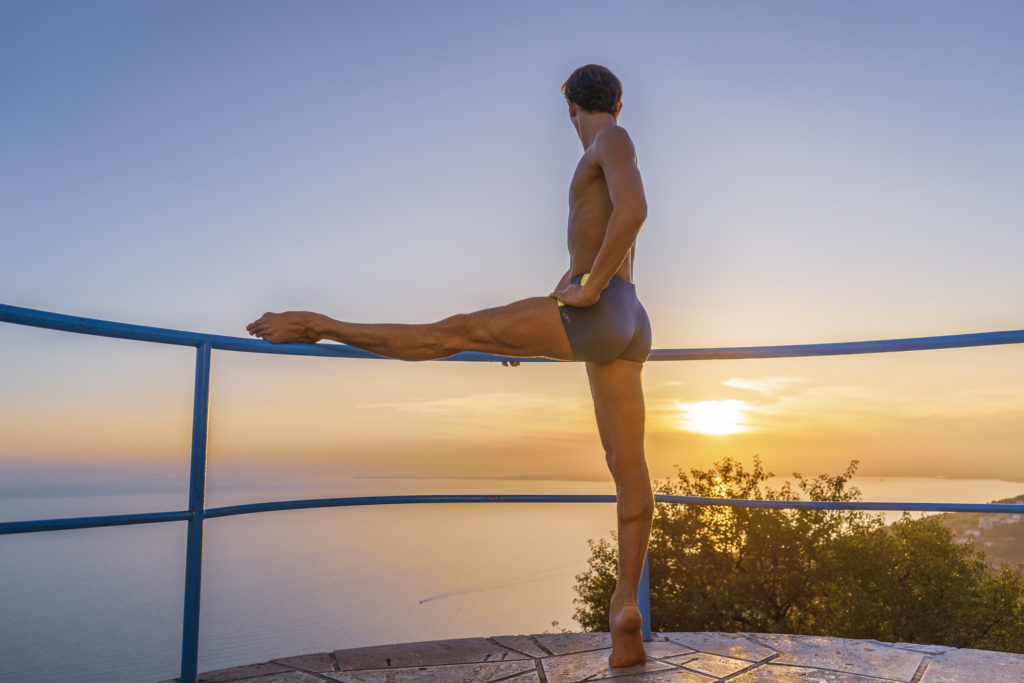
Dancing Outside
Regulating temperature gets even trickier when dancing outdoors. To prepare for outdoor festivals or performances, Quin says dancers need a chance to physically adjust to the environment. Ideally, they should have an opportunity to rehearse outside so they can start adapting to the (sometimes more extreme) temperature and humidity levels, especially in costume.
If it’s hot outside, Meier recommends seeking shade whenever possible and having plenty of cooling towels and hydrating fluids readily available. In colder temperatures, layer up offstage immediately and keep moving. No matter what, directors and dancers should be mindful of temperature inconsistencies and understand that preparation and flexibility are crucial for handling them safely.
